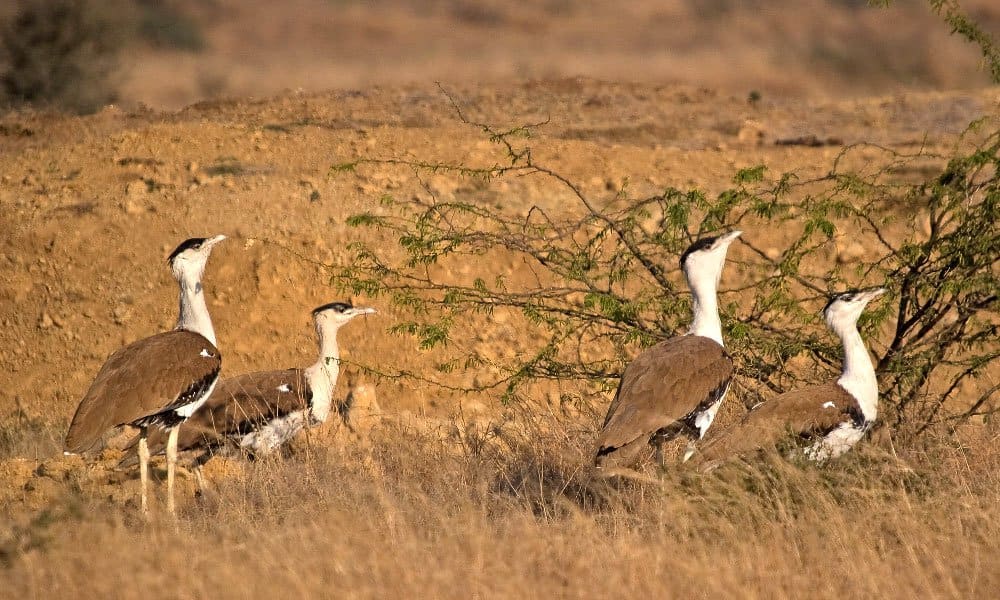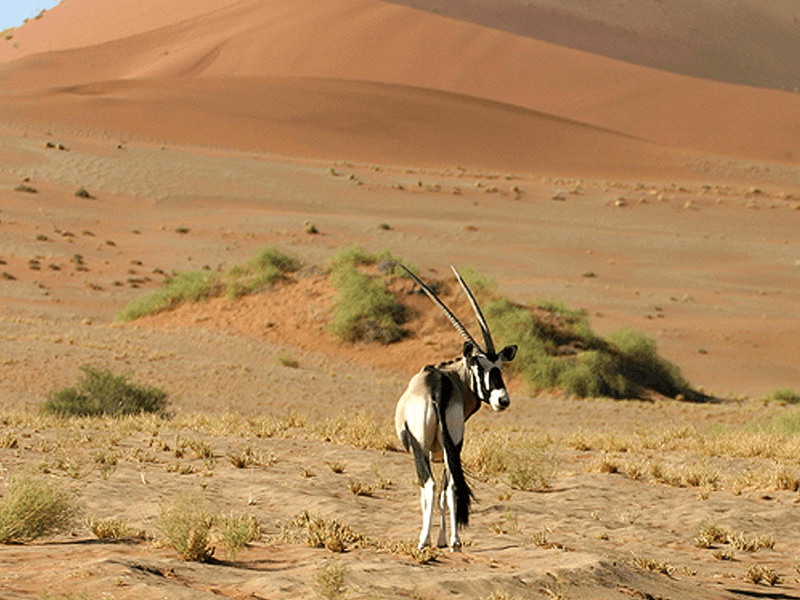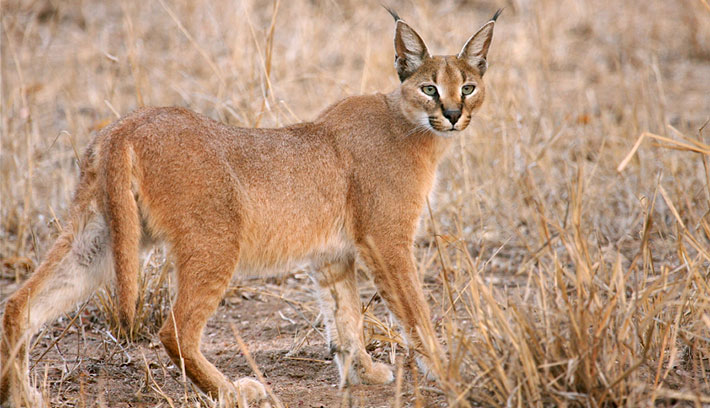Jaisalmer, known for its majestic sand dunes and stunning architecture, holds a hidden gem within its boundaries. Nestled amidst the arid landscape lies the Desert National Park, a paradise for birdwatching
enthusiasts. This article takes you on a journey through the captivating world of avian wonders in Jaisalmer’s Desert National Park, uncovering its best-kept secret.
Must Read: Wildlife & Birding in Desert National Park Jaisalmer

1. Introduction
Have you ever imagined spotting vibrant birds amidst the vast stretches of sand? The Desert National Park in Jaisalmer offers a unique opportunity for nature lovers and birdwatchers to witness a mesmerizing spectacle.
This article unveils the lesser-known side of Jaisalmer, where the desert and the avian world converge to create an enchanting experience.
2. Discovering the Desert National Park

The Desert National Park, spanning over 3,162 square kilometers, encompasses the Thar Desert in the western part of Rajasthan, India. It is renowned for its rich biodiversity and serves as a crucial habitat for various
flora and fauna species. The park’s unique ecosystem, characterized by sand dunes, rocky terrain, and scrubland, creates an ideal environment for a diverse range of bird species.
3. A Haven for Avian Enthusiasts

As you step into the Desert National Park, you’ll be greeted by a symphony of avian melodies. The park boasts an impressive collection of over 200 bird species, making it a paradise for birdwatchers. From majestic
raptors soaring high above to small, colorful songbirds nestled among the thorny bushes, the park offers an opportunity to witness the fascinating world of birds in their natural habitat.
4. Exploring the Bird Species
Greater Hoopoe-Lark:
- With its distinct crested head and a long, thin beak, the Greater Hoopoe-Lark stands out in the desert landscape. Its unique mating dance and melodious call are a treat for birdwatchers.
- Demoiselle Crane:
- The graceful Demoiselle Crane, with its slender body and elegant plumage, migrates to the Desert National Park during winter. Witnessing flocks of these beautiful birds taking flight is a sight to behold.
- Indian Courser:
- The Indian Courser, known for its exceptional camouflage skills, blends seamlessly with its surroundings. Its elusive nature adds an element of thrill to the birdwatching experience.
5. Birdwatching Tips and Techniques
To make the most of your birdwatching adventure in Jaisalmer’s Desert National Park, consider the following tips and techniques:
- Patience is key: Birds can be elusive, so it’s essential to stay calm and patient while waiting for the perfect moment to observe them.
- Equip yourself with binoculars and field guides: Enhance your birdwatching experience by carrying binoculars and field guides. Binoculars allow you to observe birds up close, while field guides help
you identify different species based on their physical characteristics and behavior.
- Dress appropriately: Wear light-colored and comfortable clothing to blend with the desert surroundings and ensure a pleasant experience. Additionally, consider wearing a hat and applying sunscreen to
protect yourself from the sun.
- Choose the right time: Mornings and evenings are the best times for birdwatching. During these hours, birds are often more active and vocal. The soft light during sunrise and sunset also adds a magical
touch to your birdwatching experience.
- Practice silence and stillness: When you spot a bird, try to minimize noise and sudden movements. Birds are sensitive to disturbances, and remaining quiet and still increases your chances of observing
their natural behaviors.
- Learn bird calls and songs: Familiarize yourself with the calls and songs of different bird species. This knowledge can help you locate birds even when they are not visible, as their distinct vocalizations
can give away their presence.
- Observe habitats and feeding patterns: Birds have specific habitats and feeding preferences. Pay attention to their preferred habitats, such as water bodies, trees, or open grasslands. Also, observe
their feeding patterns, whether they are foraging on the ground or catching insects in mid-air. This information can guide you to prime birdwatching spots within the park.
- By following these tips and techniques, you can maximize your chances of spotting and enjoying the diverse avian life within Jaisalmer’s Desert National Park.
6. Conservation Efforts
The conservation of birds and their natural habitats is of utmost importance to ensure their survival and protect the delicate ecosystem of the Desert National Park. Conservation organizations and local authorities
work tirelessly to preserve the park’s biodiversity through various initiatives, including:
Habitat preservation: Efforts are made to conserve and restore the unique habitats within the park that are vital for bird species’ survival.
Research and monitoring: Scientific research and monitoring programs help gather data on bird populations, behavior, and migration patterns, aiding in their conservation.
Community involvement: Local communities are engaged in conservation activities, raising awareness about the significance of birds and their habitats.
Sustainable tourism practices: Responsible tourism practices are promoted to minimize the impact on bird habitats and maintain the ecological balance of the park.
By supporting these conservation efforts and practicing responsible birdwatching, visitors can contribute to the long-term preservation of Jaisalmer’s Desert National Park and its avian treasures.
7. Conclusion
Jaisalmer’s Desert National Park stands as a testament to the incredible biodiversity that thrives even in the harshest of environments. With its diverse bird species and breathtaking landscapes, this hidden gem offers
a unique birdwatching experience for enthusiasts and nature lovers alike. By immersing yourself in the tranquil beauty of the park, practicing patience, and following birdwatching techniques, you can embark on a journey of discovery and connection with the
avian world. Visit Jaisalmer’s Desert National Park, and unlock the secret that lies within its enchanting realm.
Frequently Asked Questions (FAQs)
What is the best time to visit Jaisalmer’s Desert National Park for birdwatching?
- The best time to visit for birdwatching is during the winter months, from November to February. During this time, many migratory bird species visit the park, adding to the diversity of avian life.
- Can beginners participate in birdwatching at the Desert National Park?
- Absolutely! Birdwatching is a hobby that can be enjoyed by beginners and experienced enthusiasts alike. The park offers a range of bird species, making it an excellent place for beginners to start their birdwatching journey.
- Are there guided birdwatching tours available in Jaisalmer?
- Yes, there are guided birdwatching tours available in Jaisalmer. These tours are led by experienced naturalists who are knowledgeable about the local bird species and their habitats. Joining a guided tour can enhance your
birdwatching experience and provide valuable insights.
- Are there any specific regulations or guidelines to follow while birdwatching in the Desert National Park?
- Yes, it is essential to follow certain guidelines to ensure the well-being of the birds and their habitats. Some common guidelines include maintaining a safe distance from the birds, avoiding disturbing their natural behavior,
refraining from littering, and respecting the park’s rules and regulations.
- Can photography be done during birdwatching in the Desert National Park?
- Yes, photography is allowed during birdwatching in the park. However, it is essential to prioritize the well-being of the birds and their habitats. Maintain a respectful distance, avoid using flash photography, and follow
ethical photography practices that minimize disturbances to the birds and their environment.
- Explore the avian wonders of Jaisalmer’s Desert National Park and embark on a captivating birdwatching adventure that will leave you in awe of nature’s beauty.